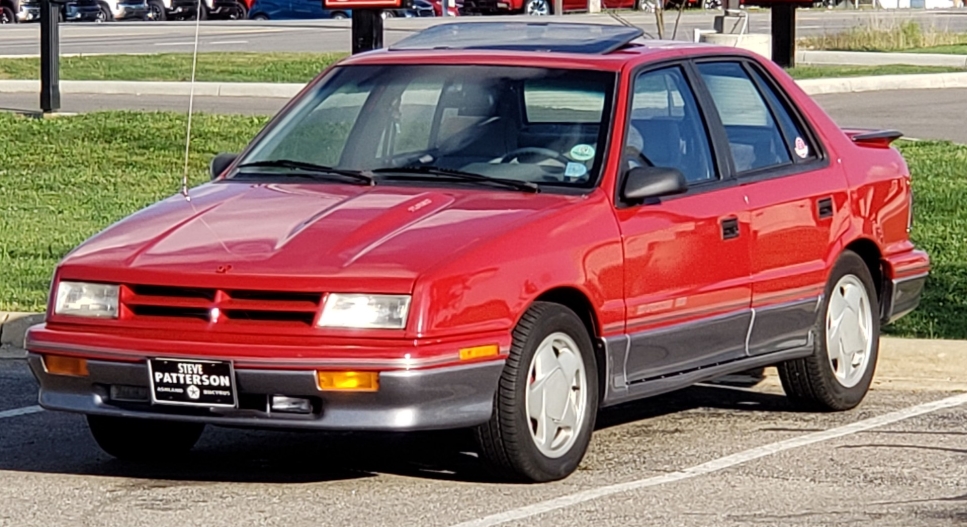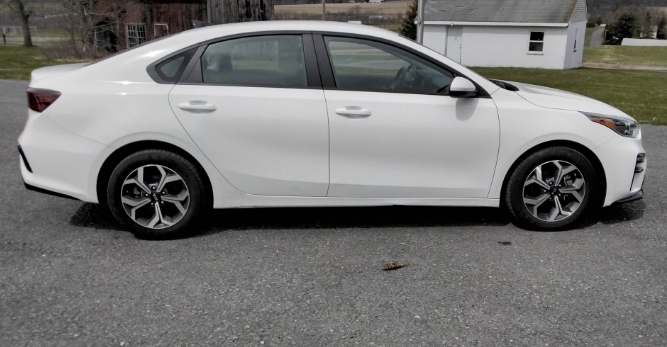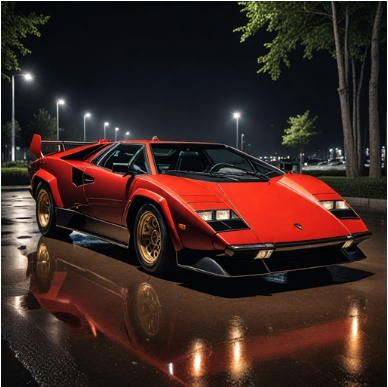The Evolution of the Dodge Shadow: A Retrospective
The Dodge Shadow is a name that resonates with automotive enthusiasts and fans of American compact cars. Produced by the Chrysler Corporation from 1987 to 1994, the Dodge Shadow became a staple in the compact segment, offering a combination of style, performance, and affordability. This article aims to explore the evolution of the Dodge Shadow, discussing its production years, various models and trim levels, and its impact on the American automotive landscape.
Overview: Birth of the Dodge Shadow
Introduced in 1987, the Dodge Shadow was part of Chrysler’s “K-car” platform, designed to compete in the burgeoning compact car market. The name ‘Shadow’ symbolized a new direction for Dodge, signaling a more sporty and youthful approach after years of more traditional offerings. The Shadow shared its underlying platform with the Plymouth Sundance, while also being closely related to other models like the Chrysler LeBaron and Dodge Omni.
The Dodge Shadow was available as a two-door coupe and a four-door sedan, providing consumers with options to suit different preferences. This versatility contributed to the Shadow’s appeal, as it catered to both young buyers and families looking for an efficient vehicle.
Production Years
The Dodge Shadow was produced for a total of seven years, from 1987 until 1994. Over this period, the vehicle went through several changes and trims that reflected the evolving demands of the automotive market.
1987 – The Inaugural Year
In its debut year, the Dodge Shadow offered a variety of engines that made it competitive in the compact market. The entry-level model came with a 2.2-liter inline-four engine generating 98 horsepower. Buyers could opt for a turbocharged version that was more powerful, producing 146 horsepower. The notable features catered to driver comfort included air conditioning, power windows, and a spacious interior, showcasing Chrysler’s commitment to enhancing the driver experience.
1988-1990 – Mid-Life Minor Updates
Throughout the late ’80s, the Dodge Shadow saw minor updates, particularly related to trim levels and available options. In 1988, the Shadow received a bit of a facelift with the introduction of the “ES” trim, which offered sportier features and aesthetics, including a more aggressive front fascia.
By 1989, enthusiasts were introduced to a new engine option: a 2.5-liter turbocharged inline-four engine, further enhancing the Shadow’s performance credentials. The 1990 model year retained the existing lineup but saw slight tweaks in equipment and design to stay relevant in the fast-evolving automotive landscape.
1991 – Increased Options and Special Editions
In 1991, the Dodge Shadow experienced one of the most significant facelifts of its run. The exterior received a modernized look, featuring new headlights and taillights, giving it a more contemporary appeal. This year also marked the introduction of the “Sport” trim, which emphasized performance features, such as sport-tuned suspension and upgraded wheels.
The Turbo model was more popular due to its exhilarating acceleration and sporty handling capabilities, making it one of the preferred choices among driving enthusiasts.
1992 – Introduction of More Features
The 1992 model year saw an expansion of features in the Dodge Shadow lineup. Important upgrades included an improved interior with higher quality materials, increased sound insulation, and comprehensive safety features like airbags. A new model, the “Shadow Convertible,” was introduced, appealing to those seeking a sportier, open-air driving experience.
The convertible version became particularly popular during this period, attracting buyers looking for style and freedom without sacrificing everyday usability.
1993 – Styling and Performance Enhancements
In 1993, the Dodge Shadow continued to evolve. This year saw a further refinement in both style and performance. The “Shadow ES” received updates that included stylish alloy wheels and body kits that highlighted its sporty characteristics.
Additionally, the availability of an automatic transmission boosted the Shadow’s appeal to a broader audience who preferred a more leisurely driving experience. However, performance lovers still had the option of a manual transmission paired with the turbocharged engine.
1994 – The Final Year of Production
By 1994, the automotive industry was witnessing a shift toward larger vehicles and SUVs. The Dodge Shadow’s final year was marked by minimal changes as Chrysler focused on the impending introduction of newer models designed to adapt to changing market preferences.
The last version of the Dodge Shadow retained its strong points, such as affordability and compactness, but buyers began leaning toward different body styles, such as hatchbacks and sport utilities. The Shadow was discontinued after 1994, making way for the Dodge Neon, which would go on to take its place in the compact segment.
.
Some Dodge owners are such fans of the brand that they permanently mark up their bodies with custom designs! Check these out!
Dodge Challenger Tattoos
.
Trim Levels Throughout the Years
During its production run, the Dodge Shadow was available in several trim levels, reflecting its versatile market positioning.
- Base / Standard: The entry-level model, offering essential features and a practical choice for budget-conscious customers.
- ES: Introduced in 1988, this trim enhanced the sporty appeal with upgraded interior appointments and options.
- Sport: Launched in 1991, aimed at driving enthusiasts, it served as the performance-oriented variant of the Dodge Shadow, featuring a sport-tuned suspension.
- Turbo: Available throughout various years, it highlighted performance, showcasing a turbocharged engine, appealing to speed aficionados.
- Shadow Convertible: Added in 1992, this model offered an open-air driving experience combined with the stylish appeal of the Shadow.
Legacy of the Dodge Shadow
The Dodge Shadow carved a niche for itself within the compact car segment, embodying the American spirit of innovation and adaptability. The range of models and trims allowed for a diverse set of consumers, from young drivers seeking performance to families needing reliability and economy.
Though the Shadow was discontinued in the mid-90s, its technological advancements influenced subsequent Chrysler models. It remains a collector’s item and a nostalgic icon. As we reflect on its journey through the automotive landscape, the Dodge Shadow serves as a reminder of a time when compact cars were evolving with a focus on style, performance, and affordability.







